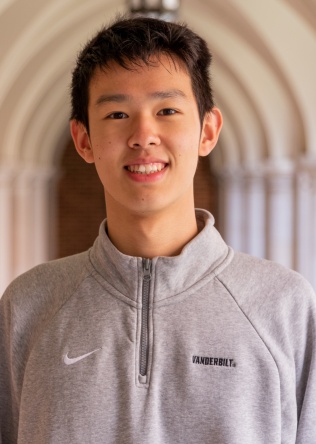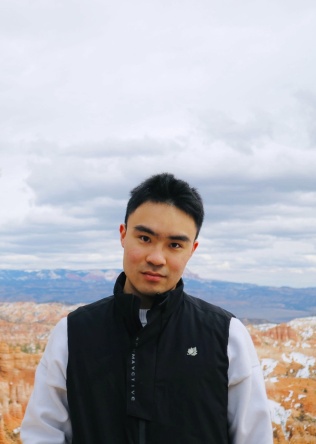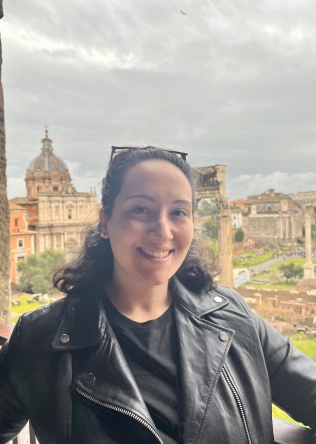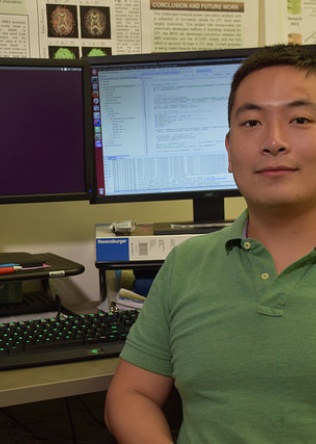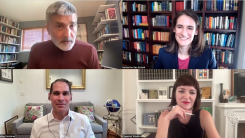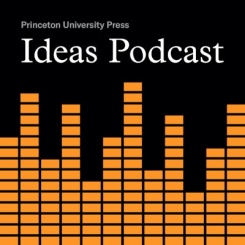Evan Farach
Evan Farach, originally from Conroe, Texas, is a fourth-year undergraduate student at Baylor University. He is pursuing a major in Neuroscience with a pre-medical focus, complemented by a minor in Business Administration.
At Baylor, Evan is affiliated with the Neuroscience of Addiction Lab, a new research lab led by Dr. Jacques Nguyen. In this lab, Evan investigates the effects of commonly abused opioids, such as oxycodone and fentanyl, on the expression of perineuronal nets in key brain structures of rodent models. Recently, he has collaborated with graduate students to develop the lab’s intravenous drug self-administration protocol. Outside of the lab, Evan works for Baylor’s Department of Psychology and Neuroscience as one of six chosen student ambassadors. Additionally, he holds a position as a nocturnal medical transcriptionist in the emergency department at Baylor Scott & White – Hillcrest. On campus, Evan dedicates his time to mentoring fellow students as a Prehealth Mentor and serves as the President of Alpha Epsilon Delta, Baylor’s only nationally recognized prehealth honor society. In his free time, Evan enjoys photography, working out, and working on his car.

